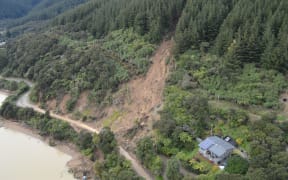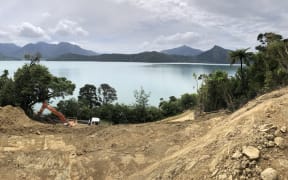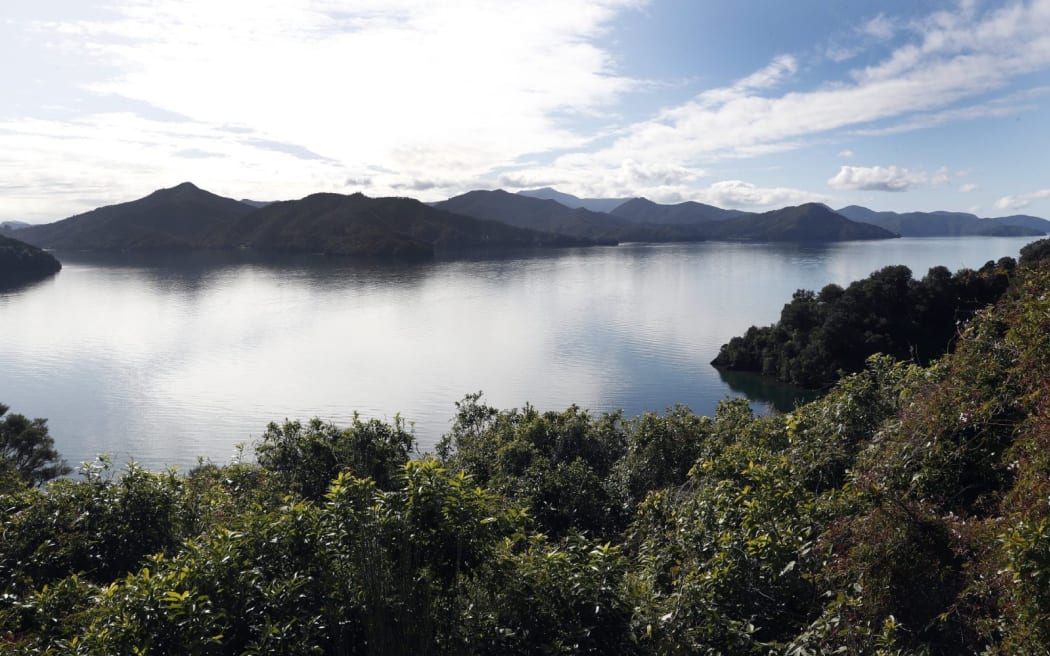
Tennyson Inlet, in the Marlborough Sounds. Photo: ANTHONY PHELPS / STUFF
It is hoped a plan to protect another 64 "ecologically significant" parts of the Marlborough Sounds will reverse damage to their fragile habitats and species.
The Marlborough District Council wants to add the ecologically significant marine sites (ESMS) to its list of existing sites, and adjust the boundaries of the existing 44 sites, in the Proposed Marlborough Environment Plan.
Indigenous biodiversity in the Sounds, including fragile habitats and species, had reduced over time, said council staffers Louise Walker and Emma Toy in a report for the proposal. New information about their biodiversity values had informed the proposed changes.
Issues and threats to the sites included pollution, marine farming, land clearance and sedimentation, discarded rubbish, bottom-towed devices and anchoring, fencing and stock, exotic species, shipping and boating, commercial and recreational set-netting, and predators such as ship rats, the report said.
An "expert panel" had identified the sites as needing more protection after reviewing a council monitoring programme undertaken between 2016 and 2021. As a result, the council was required to protect the sites under the Resource Management Act.

Having put the proposed protection plan out for feedback, more than 60 people or groups responded - and their response was mixed.
The Proposed Marlborough Environment Plan (PMEP) fused together three of the region's major management plans, and set out what activities were appropriate in Marlborough's urban, rural and coastal environments. Some of the policy framework surrounding ecologically significant marine sites was still under appeal.
The 64 new ESMS would be mapped in Volume 4 of the PMEP to provide a "clear visual boundary" for assessing resource consent applications, and decisions on use and activity. The boundaries needed to be as accurate as possible and "should result in better ecological outcomes".
Each of the sites had been categorised as very sensitive, sensitive, or robust/not known.
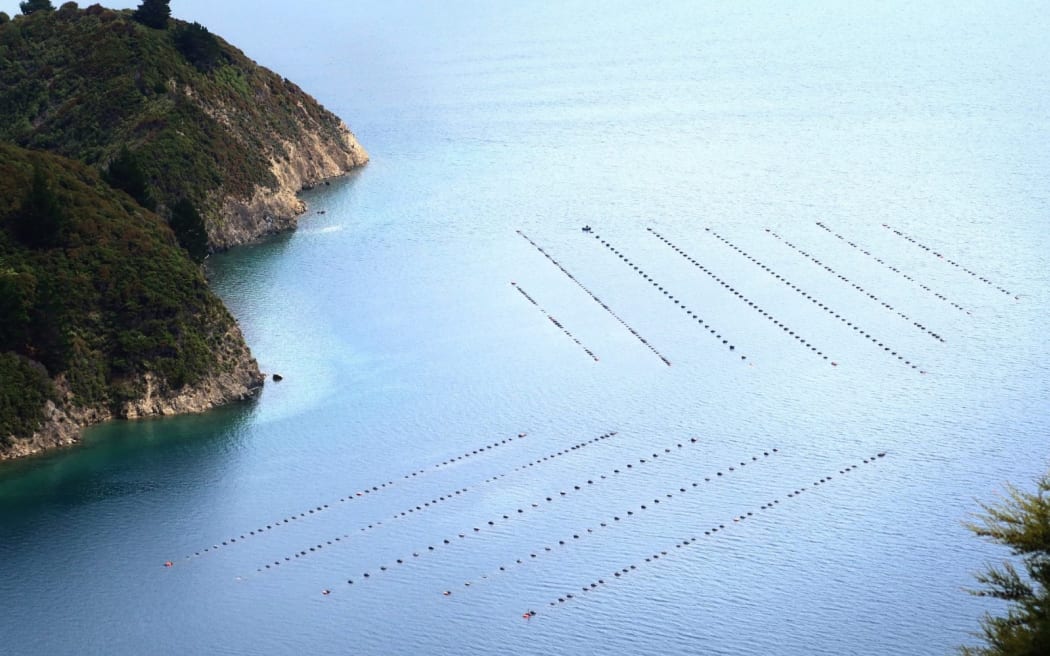
The Marlborough District Council has proposed to add 64 new ecologically significant marine sites to the Proposed Marlborough Environment Plan Photo: Supplied
A submission from the Guardians of the Sounds said the group strongly believed that the widening protection of the coastal marine environment in Tory Channel was critical to the long-term sustainability of the region.
"Guardians suggest that this is an opportunity to designate ALL (sic) of Tory Channel as an ecologically sensitive area, rather than the zoned approach currently proposed," the submission said.
"We strongly suggest that further scientific research be conducted on the pristine marine environments in the area surrounding McManaway Rock.
"This research could help us all better understand the unique ecological features of the site and the impact of human activities on these delicate ecosystems."
The organisation called for coastal occupancy charges directly related to the aquaculture industry.
Bev Doole, on behalf of the Marlborough Environment Centre, "applauded and supported" the council's continued research and monitoring surveys to add to the ecologically significant marine sites and king shag roosting sites in the Marlborough Sounds.
Department of Conservation operations manager Dave Hayes, on behalf of the Minister for Conservation Willow-Jean Prime, asked the council to approve the variation as it had been notified.
The Marine Farming Association submitted against some specific provisions in the proposal - being where there was an overlap with existing marine farms.
The association said its farms, for example at Whangatoetoe Bay, could act as a buffer to protect the sites from more damaging activity.
"The farm has co-existed with the ESMS for a long time now, but in any case, the ESMS overlap is very small," the submission said.
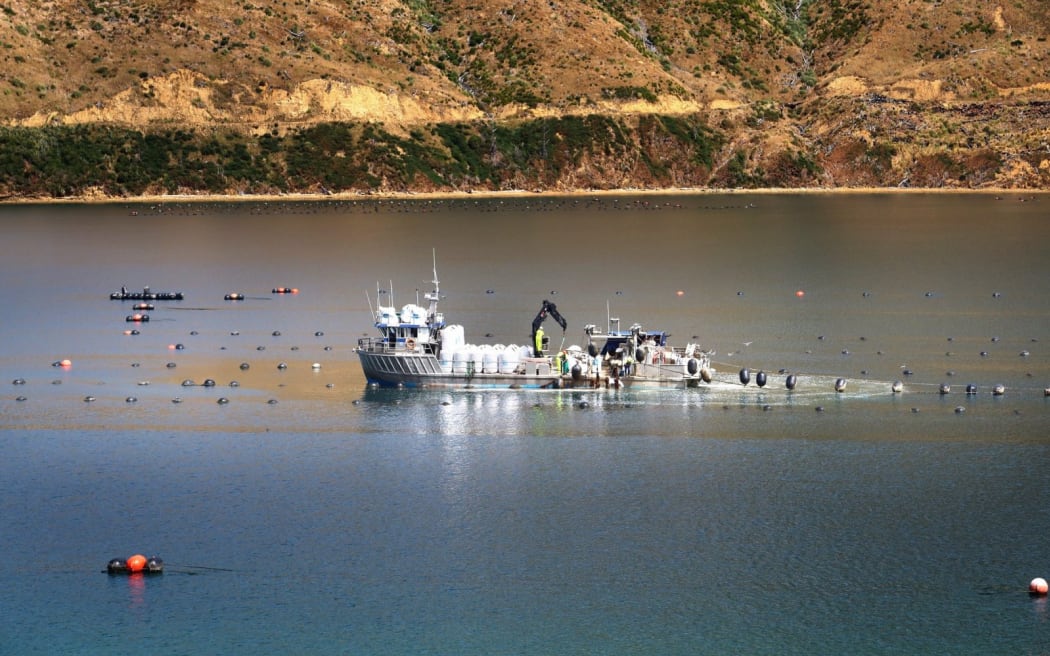
Some marine farms overlapped with identified ecologically significant marine sites. Photo: Supplied
It sought relief for three marine farms, and for any other farms that had an ecologically significant marine site or an overlap.
"The plan should record the farm does not interfere with the ESMS or the buffer of the ESMS, and the location or operation of the farm need not be altered as a result of the creation of the ESMS or the buffer of the ESMS," the submission said.
Alternatively, the ESMS could be adjusted so that was not affected by the existing location of the farm, the submission said.
The council was expected to hold a hearing to consider submissions and then issue a decision on the proposed variation.
Local Democracy Reporting is Public Interest Journalism funded through NZ On Air.
